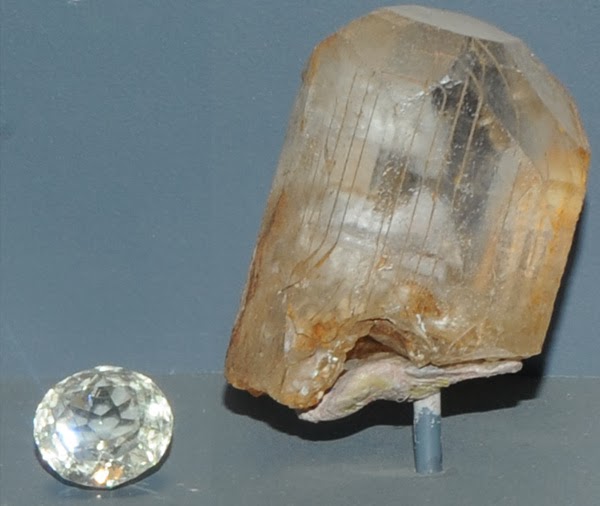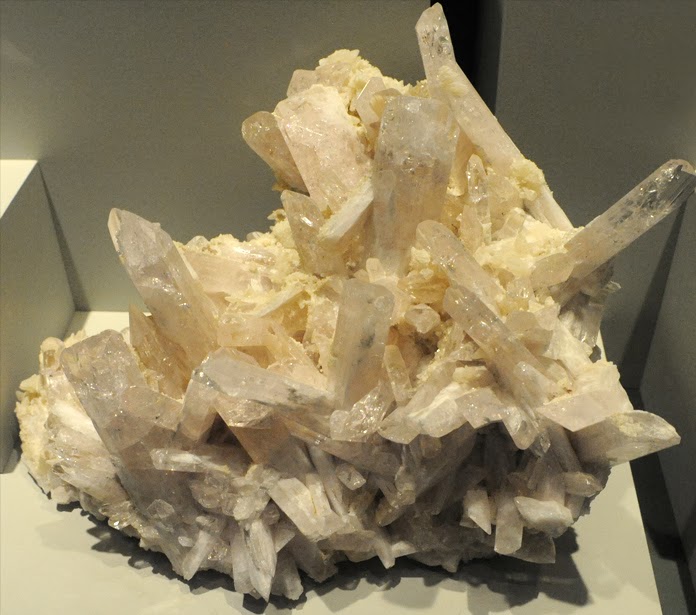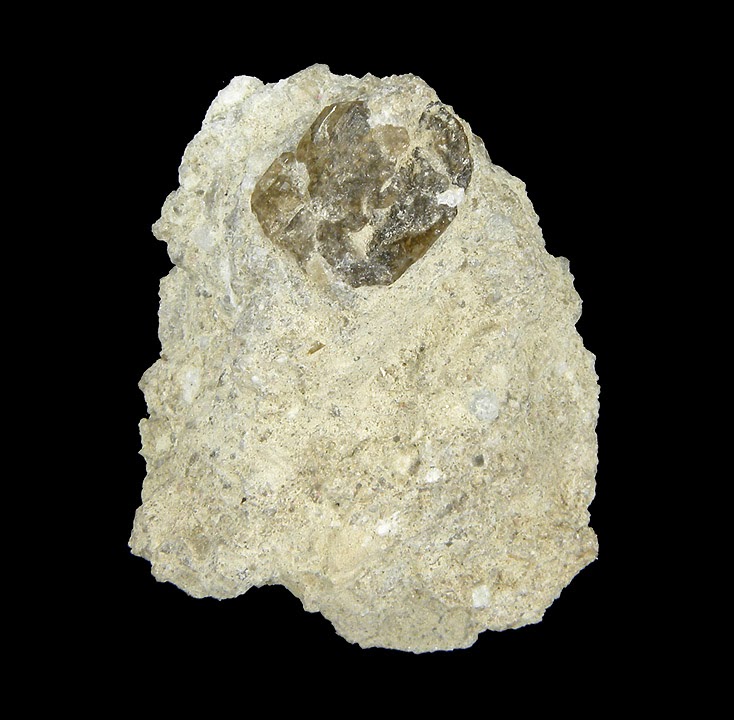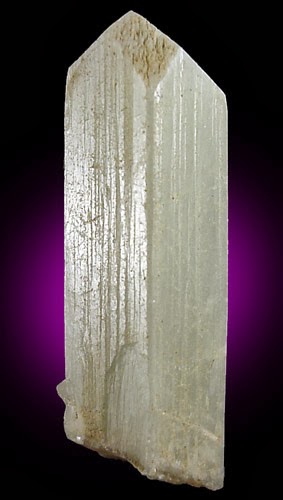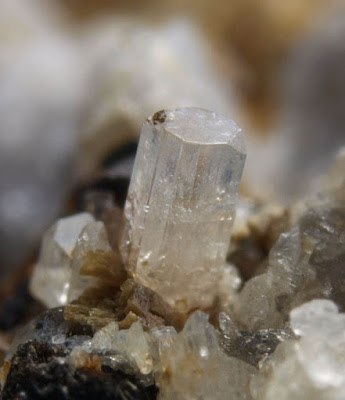
Chemical Formula: CaB2Si2O8
Locality: Danbury, Connecticut.
Name Origin: Named after its location.
Danburite is a calcium boron silicate mineral with a chemical formula of CaB2Si2O8.
It has a Mohs hardness of 7 to 7.5 and a specific gravity of 3.0. The mineral has an orthorhombic crystal form. It is usually colourless, like quartz, but can also be either pale yellow or yellowish-brown. It typically occurs in contact metamorphic rocks.
The Dana classification of minerals categorizes danburite as a sorosilicate, while the Strunz classification scheme lists it as a tectosilicate; its structure can be interpreted as either.
Its crystal symmetry and form are similar to topaz; however, topaz is a calcium fluorine bearing nesosilicate. The clarity, resilience, and strong dispersion of danburite make it valuable as cut stones for jewelry.
It is named for Danbury, Connecticut, United States, where it was first discovered in 1839 by Charles Upham Shephard.
Physical Properties of Danburite
Cleavage: {001} Poor
Color: Colorless, White, Gray, Brownish white, Straw yellow.
Density: 2.97 – 3.02, Average = 2.99
Diaphaneity: Transparent to translucent
Fracture: Sub Conchoidal – Fractures developed in brittle materials characterized by semi-curving surfaces.
Hardness: 7 – Quartz
Luminescence: Fluorescent and thermoluminescent (red), Short UV=violet blue, Long UV=blue to blue-green.
Luster: Vitreous – Greasy
Streak: white
Photos :
